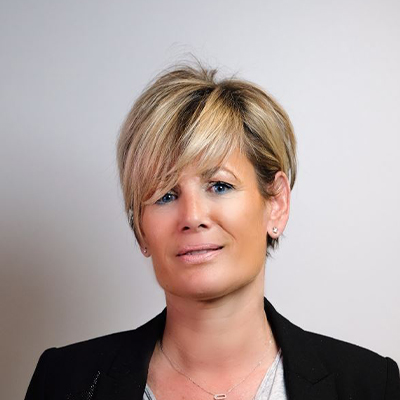Ensuring optimal indoor mobile coverage - DEEP
Saving resources has become a major issue for companies. Energy and water consumption in particular is now given careful consideration, in part owing to rising costs and in part due to the pressing need to limit usage in light of the environmental impact.
In order to support organisations in their approach to reducing energy or water consumption, DEEP deploys various innovative concepts based on connected objects (IoT – Internet of Things). Today, mobile networks make it easy to deploy sensors anywhere to collect data that can be analysed to improve resource management.
Limiting leakage
For example, smart meters can transmit a building’s water or energy consumption in real time. In the event of a leak within a building, it is possible to detect abnormally high consumption and send an alert to the building owner, tenant or manager so the issue can be rectified straight away. A water leak, if it is not immediately apparent, can lead to substantial losses over varying periods of time.
We can optimise water management by monitoring consumption to detect changes and issue alerts. Smart meters allow for the consumption of individual buildings to be monitored more effectively, but they could also be used to improve how the distribution network is managed as a whole, for example at a community level.
Another advantage of smart meters is that they do away with the need to send out agents to take water, gas and electricity readings. This represents a considerable saving in the time and fuel it takes for agents to get around.
Understanding issues better
Smart meters now allow us to monitor consumption in real time, but it is also possible to track other indicators by setting up the right sensors. For example, we can track the pressure in a circuit or a pipe, the temperature of a room or the level of CO2 in a given place. This makes it easier to identify the nature of the problem and take effective action.
One of the major challenges is to extract useful information from the data transmitted, so as to identify the levers for reducing resource consumption. With this in mind, DEEP’s IoT platform allows users to aggregate and combine various data sources to better reflect a range of issues.
Optimising the use of resources
DEEP recently offered its expertise in the field of IoT to a refuse collection company. We have equipped containers so they report their fill level in real time.
This approach makes it possible to optimise collection rounds. By only making collection trips when necessary, based on the rate at which a container is filled, significant time and fuel savings can be made, and wear and tear on containers and refuse lorries can be kept to a minimum.
Other scenarios also offer interesting opportunities. A multi-purpose hall, for example, can quickly become a huge energy drain without rigorous monitoring of consumption. If we identify the main sources of heat loss, we can then place sensors in key places, on doors and windows, so that an alert can be triggered if one of them stays open for too long.
IoT in the context of CSR
Interest in the IoT in relation to Corporate Social Responsibility is growing. The development of networks, in particular, allows us to link up an increasing number of connected terminals that only require a low energy input to operate.
For example, thanks to radiofrequency networks like SIGFOX, or the low frequencies of 5G, a connected object can operate for up to 10 years without its battery needing to be replaced.
In this context, the applications are endless. This makes it easier to locate mobile construction tools, for instance, and to monitor their consumption and level of wear. Moreover, these devices are used by actors who want to be able to report on the carbon footprint of a construction site, simply by counting the number of hours of use of the various devices consuming fossil fuel.
At the start of such IoT projects, from a CSR perspective, it is important to be able to assess their economic and environmental impact to ensure the return on investment and the gains that can be obtained in terms of resource exploitation.
Remote intervention
Connected objects transmit information, but they can also receive it. Through them, you can activate or deactivate a heating or lighting system remotely, open or close a valve, and much more. Depending on the case, this allows you to contribute towards considerably optimising the consumption of resources.
Contact us
Do you have any questions about an article? Do you need help solving your IT issues?
Contact an expert







Our experts answer your questions
Do you have any questions about an article? Do you need help solving your IT issues?
Other articles in the category Telecom
Why and how to manage your network?
With the development of hybrid workstyles, it's essential to implement a robust network configuration manager to effectively manage the network and the large number of connected devices. The solution? The Meraki Dashboard!
Published on
14 May 2024
Ten years of easier business telephony management thanks to CloudPBX
. In the world of business telephony, this new product represented a major step forward, allowing for fixed-mobile convergence, offering greater flexibility to employees and making it considerably simpler to manage in-house telephone systems.
Published on
15 September 2023
ConnectedOffice, the business offer for connectivity
DEEP 's ConnectedOffice is an all-in-one offering that addresses the simple to complex connectivity and networking needs of SMEs
Published on
28 February 2023




